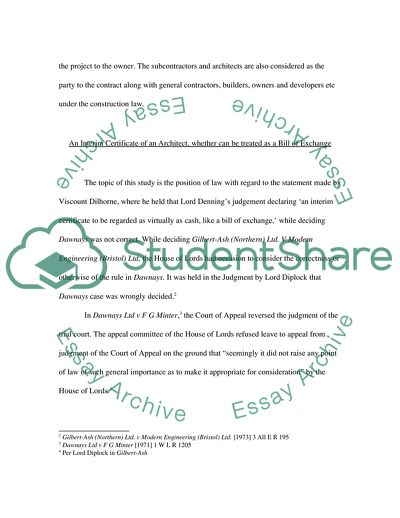Cite this document
(In Re Dawnays Was it Decided Correctly Case Study, n.d.)
In Re Dawnays Was it Decided Correctly Case Study. https://studentshare.org/law/1729466-construction-law
In Re Dawnays Was it Decided Correctly Case Study. https://studentshare.org/law/1729466-construction-law
(In Re Dawnays Was It Decided Correctly Case Study)
In Re Dawnays Was It Decided Correctly Case Study. https://studentshare.org/law/1729466-construction-law.
In Re Dawnays Was It Decided Correctly Case Study. https://studentshare.org/law/1729466-construction-law.
“In Re Dawnays Was It Decided Correctly Case Study”. https://studentshare.org/law/1729466-construction-law.


